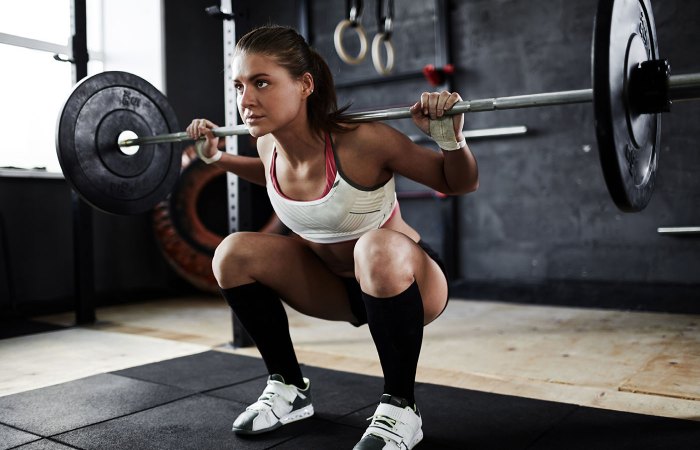Share This Article
Introduction
Converse For Weightlifting – Converse shoes has been used in gyms for decades by various weightlifters. Since its beginnings in 1921, Converse shoes have developed in many ways and are used for many activities. In this article, I will mainly focus on using Converse for weightlifting and the value of the investment for your weightlifting needs. If you’ve been heavily invested in the weightlifting and bodybuilding worlds or know somebody who trains that way, I’m sure you’ve seen someone lifting weights on Converse or heard at a time that Converse shoes are a decent shoe for weightlifting. Is this feeling still valid today?There are tons of great shoes for squats, deadlifts, and cross-training. Additionally, we can take into account that we now know a lot more about lifting mechanics and how shoes can specifically affect our converse for weightlifting.
Why is Converse So Great for Weightlifting?

Converse For Weightlifting Improved Foot Position Awareness and Stability
According to Gagliardi, there are several reasons why flats like the Converse are such good weightlifting shoes. For starters, “with the improved softness and thickness of the sole material. padded shoes can worsen the perception of foot position and disrupt the balance.
Better Ground Reaction Force
Also, cushioned shoes can dissipate ground reaction forces,” says Gagliardi. “For example, when you squat, you push off the ground, and the environment provides you with equal and opposite force (reduced power transfer). The more cushioning you have, the more power can be lost in the cushioning.
Is Converse for Weightlifting Well for Back Care?
Flat shoes like Chucks are also well for your back when lifting weights. “If your feet or shoes are balance, you have no pelvic tilt and shear forces are better distribute through the body canal, ankles, knees, hips, and back.
What to Aspect for the Best Weightlifting Shoe
Although the Converse is not explicitly design for weightlifting, it works well for weightlifting thanks to its minimal cushioning. Therefore, as a general rule, Dr Levine recommends avoiding shoes with too much cushioning or flexible soles, especially when deadlifting and squatting. “You want something sturdy to push and pull,” she says. “If the shoes are too pad you can’t develop enough strength.
And make sure the shoe provides even weight distribution and stability. Dr. “If the sole can do bent too much, it will allow your foot to move too much and lead to loss of balance,” says Levine.
“Shoe decisions should depend on how shoes affect your movement and posture,” says Gagliardi. “The type of shoe you choose can change as your education level changes. Additionally, there is no one-size-fits-all shoe. So you may have to try different shoe types and brands to find the style that suits you.” Nevertheless, it provides the comfort and control you need.
Other Shoe Options for Lifting are Better Than Converse for Weightlifting
However, Converse is not the only shoe suitable for lifting. For some people, Converse works excellently, especially for squats, but it might not be the best choice for others. Levine says it depends on your anatomy, especially trunk and limb length. “People with longer torsos and shorter limbs will have different biomechanics than those with shorter torsos and longer legs,” he says. “You also need to consider the mobility of the hip and ankle flexors. If you’re struggling to add deepness to your squat, it may be better to use these shoes with padding as it changes the mobility of your squat. The ankle so you can go a little further.
Conclusion
Converse For Weightlifting – Converse can be a viable shoe option for gym and exercise. In addition, their consistency and affordable price make them a good choice for many beginner and intermediate lifters. The Converse isn’t the best shoe for lifting, but it can be a good option for beginner lifting shoes.


